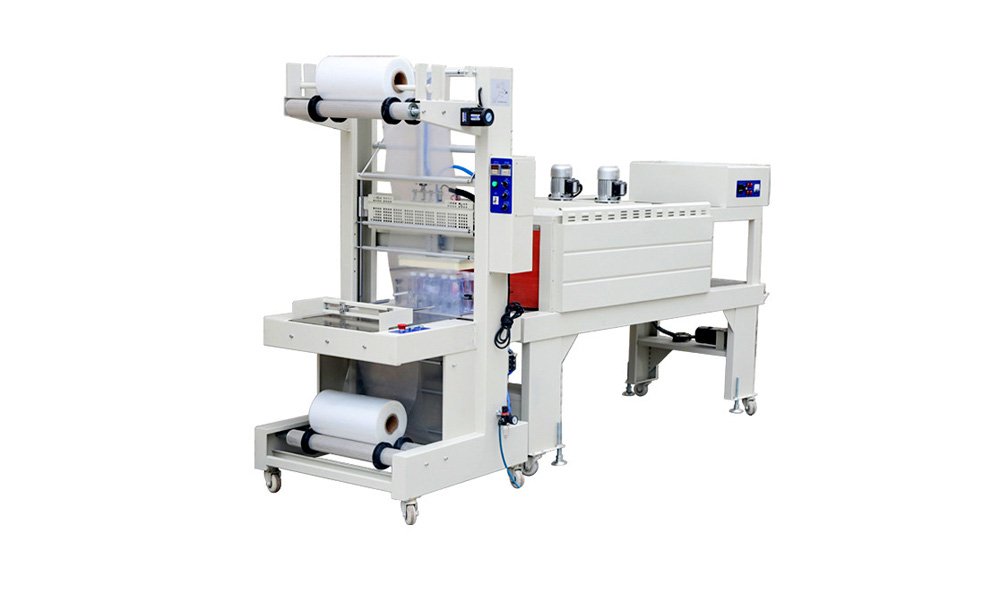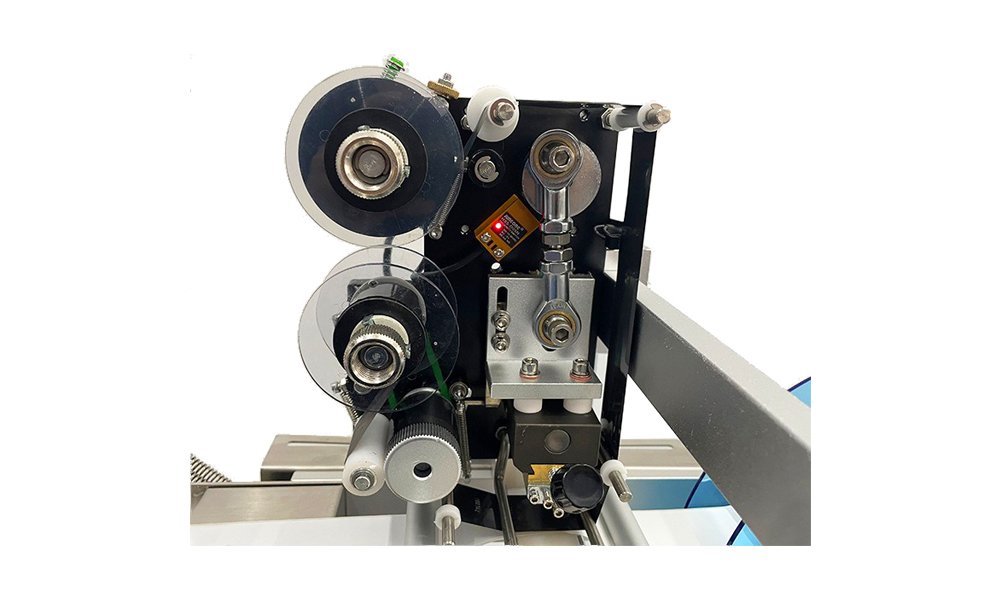A lot of businesses do a lousy job with their labels. If you have a lousy label, it’s hard to get people to understand what you’re trying to tell them, and it’s hard to get them to buy your stuff. Let me show you how to make labels that get people to pay attention to your products.
To create a fantastic label, you need to think about your brand, the text on your label, the colors, the graphics, and any industry standards you need to follow. You’ve got to balance creativity with making sure people can read the important stuff.
Now, let’s get into the specifics of what makes a label design pop and help sell your product.
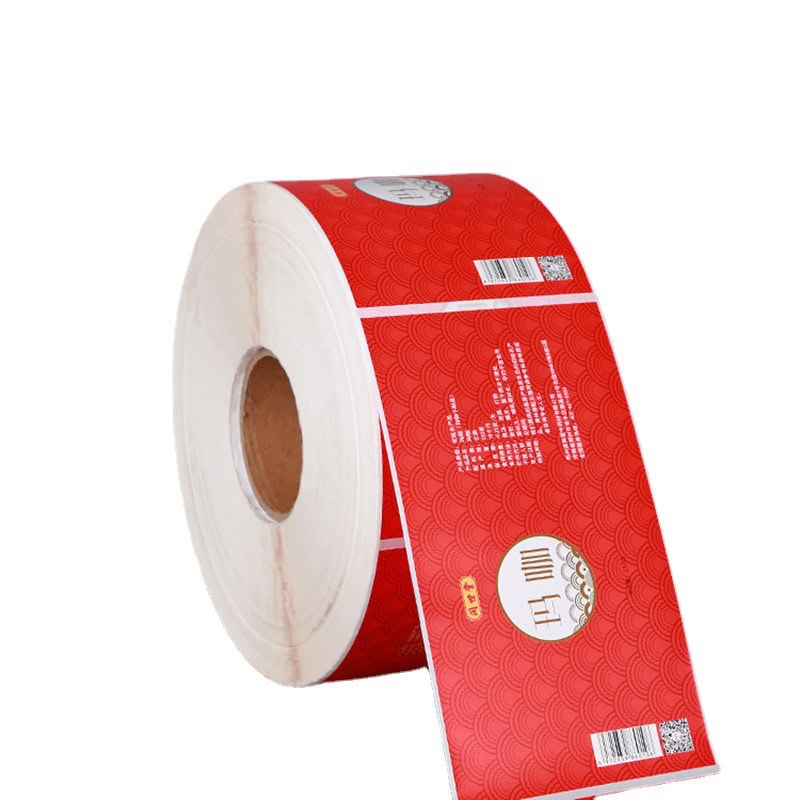
Understand Your Brand and Audience
Your label is an extension of your brand, so it’s crucial to ensure that your design aligns with your brand’s core message. Begin by understanding your brand’s identity—are you modern, classic, eco-friendly, or luxurious? The label design should reflect these characteristics.
Additionally, consider who your audience is. If your product is aimed at younger consumers, bold, vibrant colors and modern typography might work best. For luxury items, minimalistic designs with a refined color palette can make a lasting impression. Understanding the audience will guide your decisions in terms of design style, fonts, and imagery.
Choose the Right Label Size and Shape
Label size and shape should fit the product packaging without overwhelming or underrepresenting it. For example, large labels might obscure too much of a clear bottle, while tiny labels on big packages can seem insignificant.
Consider the packaging surface—whether it’s flat, curved, or has unique dimensions—and choose a label shape that complements it. A circular label might suit a bottle cap, while rectangular or custom-shaped labels are often best for jars, boxes, or flat surfaces. Use the dimensions effectively to ensure all important information is displayed clearly.
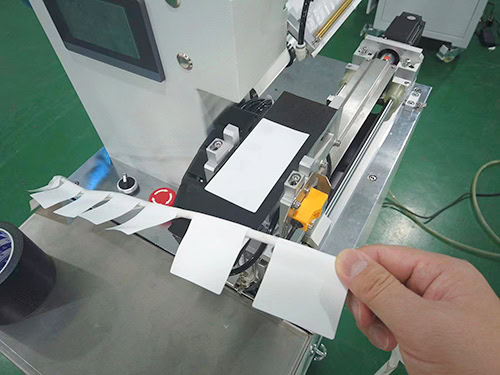
Prioritize Readability with Clear Text
Legibility is a critical component of label design. The information on your label must be easily readable, especially from a distance. When choosing fonts, opt for clean, simple typography that maintains clarity even when reduced in size.
Important information like the product name, ingredients, or usage instructions should be prominently displayed, while secondary text can be smaller but still clear. Avoid overly decorative fonts that may compromise readability, and use a hierarchy of text sizes to guide the customer’s eye to the most crucial information first.
Select Appropriate Colors
Colors have a significant impact on consumer perception. They evoke emotions and associations, which is why it’s vital to choose a color scheme that aligns with your brand and resonates with your target audience. If your product is organic, earthy tones like greens and browns might communicate sustainability. Bright colors, on the other hand, can convey excitement and energy for products like beverages or cosmetics.
Ensure there is enough contrast between your text and background to make the label easy to read. Additionally, use your brand’s existing color palette for consistency and recognition across all marketing materials.
Use High-Quality Graphics and Logos
Quality matters, especially when it comes to visuals. Ensure that any images, illustrations, or logos you include are of high resolution. Low-quality or pixelated images can make your product appear unprofessional and reduce consumer trust in your brand.
Your logo should be prominently placed, but not so large that it overshadows the rest of the information. The goal is to strike a balance between branding and product details.
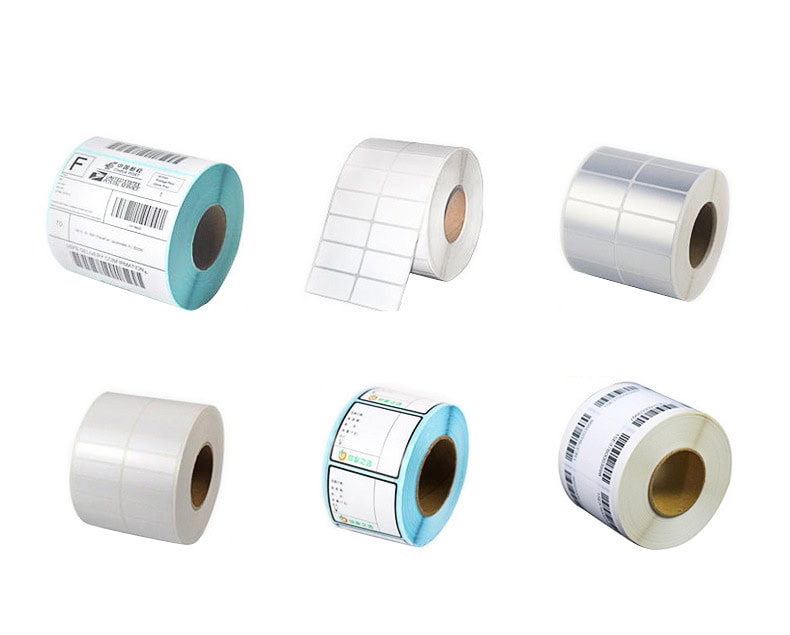
Include Key Product Information
Your label serves both a marketing and informational purpose. It should provide customers with essential product details, including ingredients, usage instructions, and any legal or regulatory information like barcodes or certifications.
Depending on the industry, some products must display specific information to comply with regulations, such as nutritional information for food products or warning labels for hazardous materials. Ensure that this information is easy to locate on the label without cluttering the design.
Follow Industry Standards and Regulations
Compliance with industry-specific labeling standards is non-negotiable. Different industries, such as food and beverage, cosmetics, or electronics, may have specific requirements regarding what information must be included on the label and how it is presented.
For instance, food labels often need to display nutritional facts, ingredients, allergens, and expiration dates. Research the guidelines relevant to your product category to ensure that your label meets all regulatory requirements and prevents potential legal issues.
Test Your Label Design
Once your design is complete, it’s important to test how it looks on the actual product. Print a sample and check if it adheres properly and maintains legibility from various distances and angles. Look for any alignment issues or unclear text, and make adjustments as necessary.
Feedback from colleagues, potential customers, or even focus groups can provide valuable insights into how your label performs in real-world conditions. This step helps ensure your label stands out on crowded shelves.
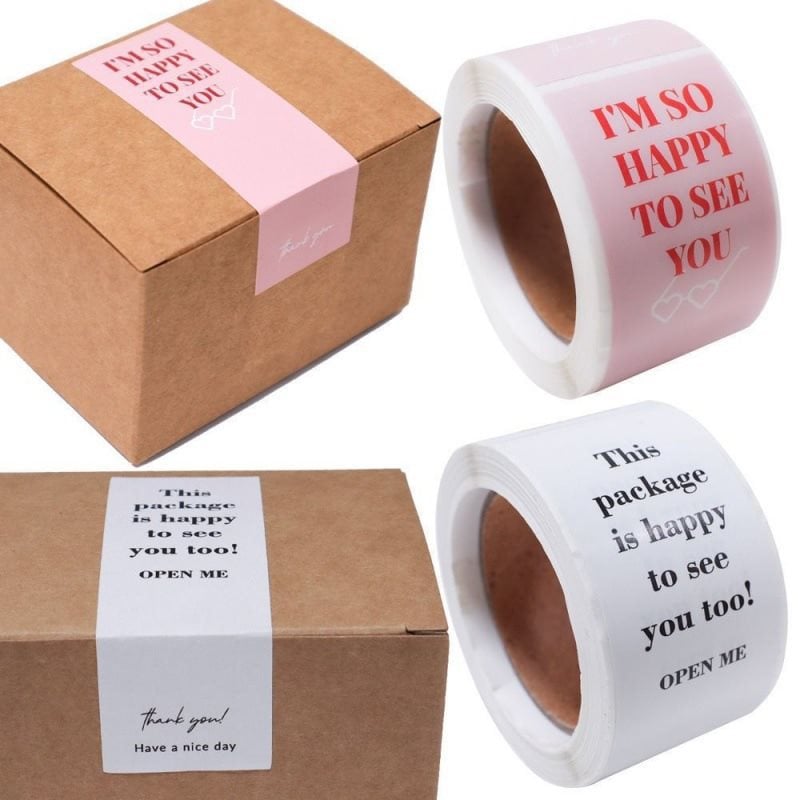
Explore Label Design Tools and Templates
Not everyone has access to professional graphic designers, but fortunately, there are many user-friendly tools available for label design. Platforms like Canva offer free label design templates that allow you to customize everything from fonts to colors with ease.
These tools are great for small businesses or those looking to create professional designs without significant cost. Additionally, if you use software like Adobe Illustrator or Photoshop, you can take advantage of more advanced design features for custom label creation.
Consider Printing and Labeling Options
Once your design is finalized, it’s important to ensure that the labels will print well. Check with your label printer to confirm that the colors, sizes, and materials you’ve chosen will work as intended. Glossy or matte finishes, waterproofing, and other special features can enhance your label’s durability and appearance.
If you’re using an automated labeling machine, such as a bottle or flag labeling machine, make sure the label dimensions and material are compatible. This guarantees smooth application and helps avoid issues like peeling or misalignment during the labeling process.
Conclusion
A well-designed label is a powerful tool that not only attracts customers but also provides essential product information. By considering factors like brand identity, readability, color selection, and industry compliance, you can create labels that enhance your product’s appeal and professionalism.





